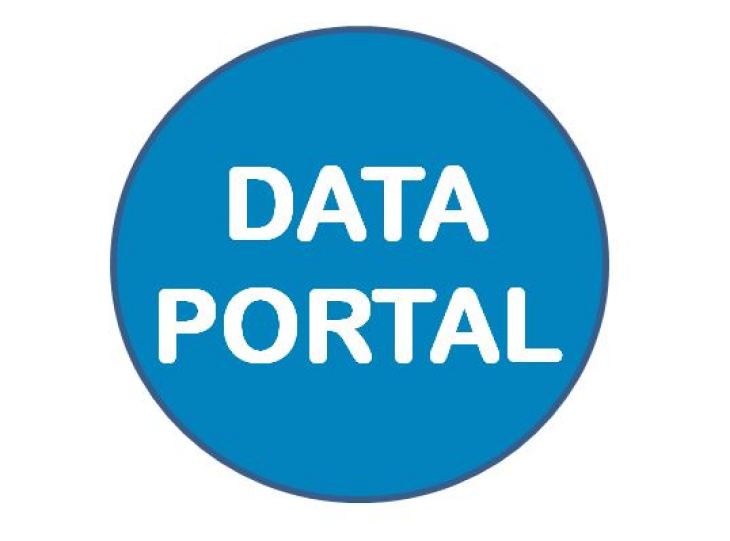COSYNA Data Access
The COSYNA data are available free of charge and are publicly accessible in the COSYNA data portal.
Please take a minute and let us know where you’re located and the reason for your interest in our data. You will, of course, remain anonymous and your information is only used for statistical analysis.
If you’d like to use COSYNA data, please consider the COSYNA data usage guidelines.
COSYNA Data Management
COSYNA data management is the link between observations, model results and data retrieval and usage. It organizes the data streams between observational and storage systems at the Helmholtz-Zentrum Hereon and partner sites, the data documentation and the user interfaces for data retrieval and presentation. Monitoring the actual status of the systems and subsequent pre-operational state reconstructions and forecasts requires fast transmission, automatic quality checks and data assimilation.
The integration of diverse data sources in terms of parameters, dimensionality and observation methods to gain a comprehensive view of the observations is achieved by describing the data in a generic way using metadata and by making all data available for different analyses and visualizations, interrelated and independent of data dimensionality.
The compliance with national and international standards or guidelines for data management and quality assurance ensures interoperability with other marine/coastal data centers regarding information sources, exchange of data, and metadata including data quality. This way, COSYNA is prepared to contribute to an European-wide network of coastal observatories. Together, meta, observational and model data will grow into a long-term searchable archive that can be used to detect patterns in the North Sea systemsʼ development over a broad range of temporal and spatial scales.

In the COSYNA data portal all routine data that are measured in COSYNA can be selected and displayed in combination with remote sensing and radar data. -image: screenshot from codm.hzg.de / Hereon-
COSYNA follows an open data policy for users from the scientific community, coastal managers or interested lay persons. The COSYNA data portal presents all COSYNA data and metadata in a comprehensive way. The user can select parameter, data sources, time range and presentation type (overlay raster map or time series diagram) and choose to either display or download the selected data. The actual data retrieval is controlled exclusively by the metadata.

The example depicts a combination of FerryBox data and MERIS data for chlorophyll. -image: screenshot from codm.hzg.de / Hereon-
All regularly measured data can be selected in the COSYNA data portal in combination with remote sensing and radar data. The example represented above illustrates a combination of FerryBox and MERIS data for chlorophyll.
COSYNA Data Usage
COSYNA routinely analyzes user data based on voluntary data provided by users when accessing the COSYNA data portal to improve COSYNA's products and services, as well as to justify its efforts to funding bodies. After a simple user registration procedure for the COSYNA data portal information is collected on provenance and user category as well as on purpose of visit. The users’ information is safeguarded by adhering to strict privacy rules and a strictly statistical analysis of data. Data access and usage is free of charge. The use of data is governed by adhering to scientific best-practice standards with regard to citation and co-authorships.
COSYNA data portal users come from all over the world (51 countries as of 2017, compare figure) and from a variety of user groups. While science users dominate, interest from public administration, industry and other stakeholder groups is present and growing. Data usage has been growing constantly since the data portal went online.



